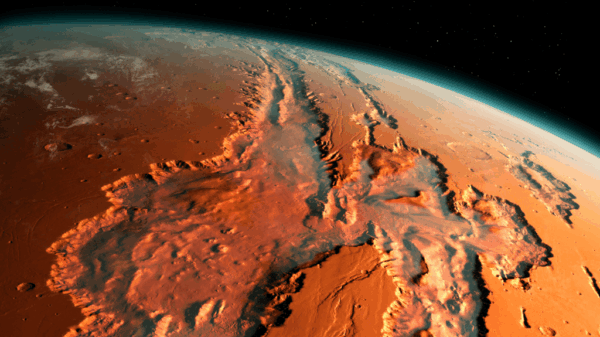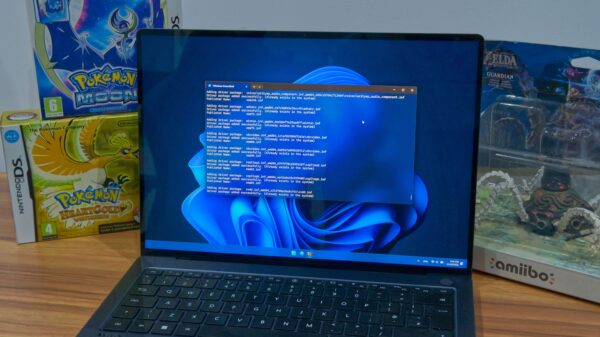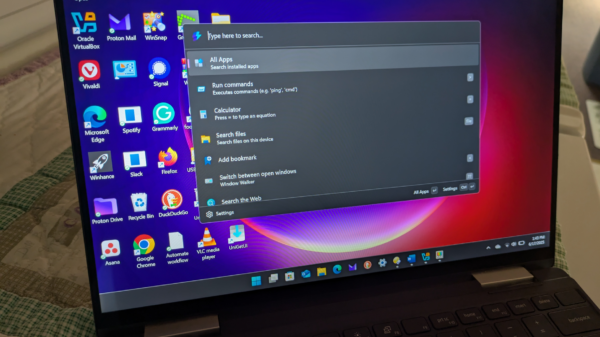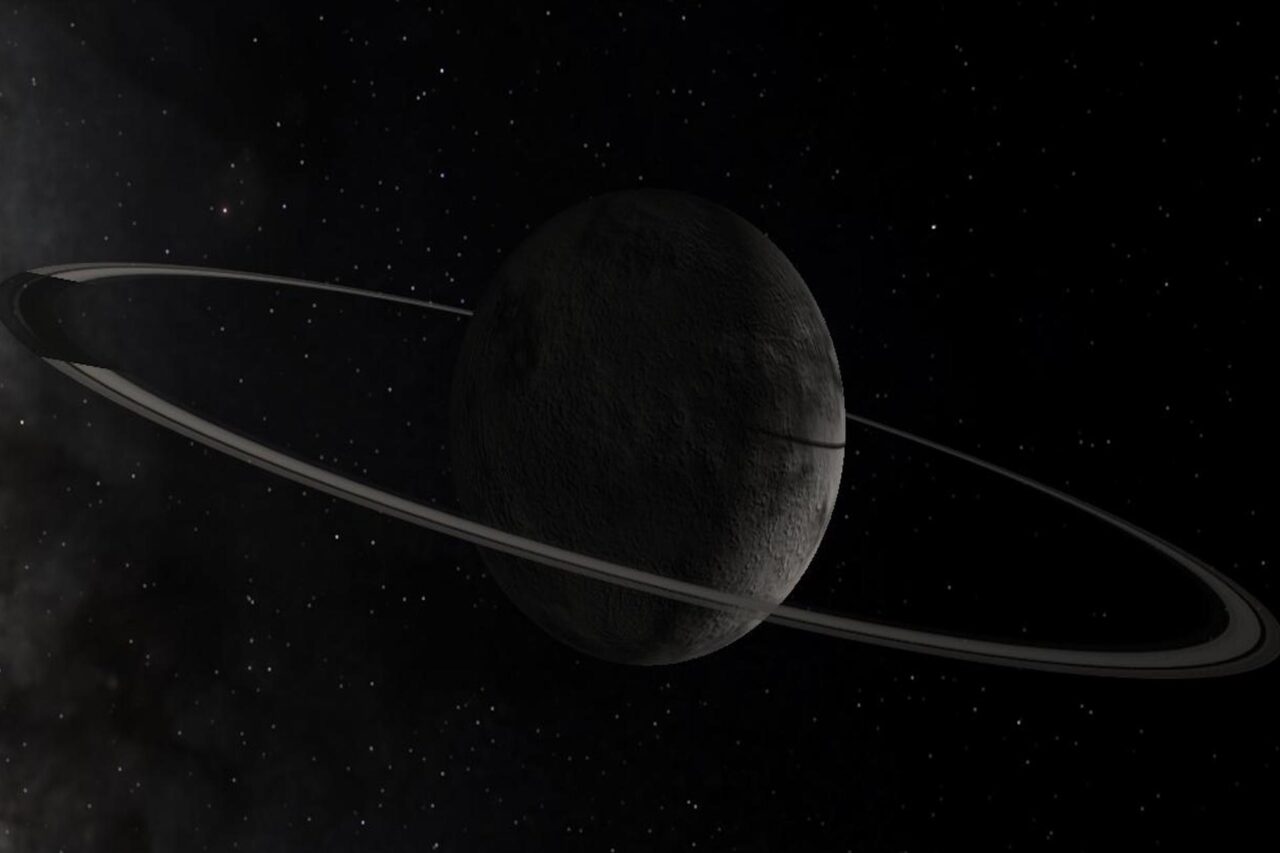BREAKING: Astronomers have just confirmed that a small icy world, Chiron, located in the outer reaches of the solar system, may be forming its own ring system. This extraordinary event is unfolding in real time, offering scientists a rare opportunity to witness the evolution of celestial bodies for the first time.
A team of researchers from Brazil has observed initial signs of three distinct rings forming around Chiron, evolving from a cloud of debris into a fully developed system. These groundbreaking findings were recently published in The Astrophysical Journal Letters, marking a significant moment in the study of planetary formation.
The discovery is particularly exciting as Chiron is the first celestial object identified between Saturn and Uranus that is neither a planet nor a moon. This led to the establishment of a new category of celestial objects known as centaurs when it was discovered in 1977. The question of whether Chiron possesses a ring system has puzzled astronomers for years, and this new evidence could finally provide answers.
On September 2023, scientists utilized the Pico dos Dias Observatory in Brazil to monitor Chiron as it passed in front of a distant star. The team observed a series of repeated dips in the star’s light, indicating potential ring formation or the presence of a cometary tail around Chiron. Comparisons with previous observations from 2011, 2018, and 2022 revealed that Chiron is surrounded by three well-defined rings located at distances of 170 miles (273 kilometers), 202 miles (325 kilometers), and 272 miles (438 kilometers) from the centaur. Additionally, a fourth and more distant ring was detected at approximately 870 miles (1,400 kilometers) away.
Chrystian Luciano Pereira, the lead researcher and postdoctoral fellow at the National Observatory (ON/MCTI), highlighted that these findings indicate a dynamic and evolving ring system, which could deepen our understanding of how rings around gas giants like Saturn developed over time. The team intends to conduct further observations of Chiron as it continues to traverse the sky.
The fourth ring, which exists beyond the Roche limit, represents a new frontier for astronomers. Material beyond this limit typically coalesces to form moons rather than rings. The research team is eager to gather more data to confirm the status of this newly detected ring.
If Chiron is indeed forming a ring system, this rare celestial event offers scientists a unique insight into the formation processes of rings, providing a valuable real-time case study. As astronomers continue to monitor Chiron, the potential for groundbreaking discoveries looms large.
Stay tuned for further updates as this story develops. The implications for our understanding of the solar system are profound, and every new observation could bring us closer to unraveling the mysteries of ring formation around celestial bodies.








































































